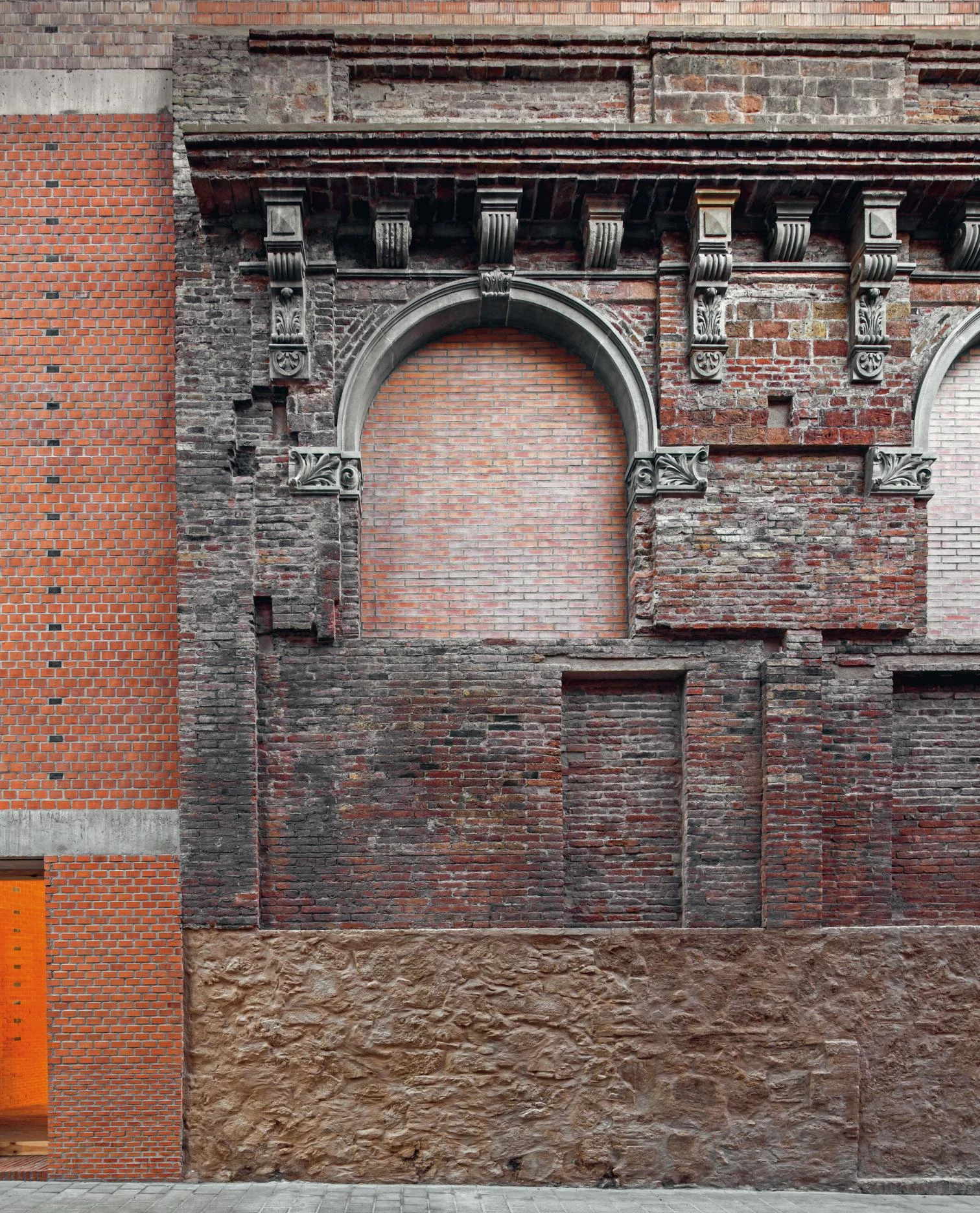Heritage Building in Catalonia

AleaOlea, Iglesia en Villanueva de la Barca (Lérida)
The youngest generations of architects have demonstrated that Catalan architecture can well pursue courses deviating from the cosmopolitanism of disseny and Barcelona. It is true that the teaching and practice of the profession in Catalonia has to a large extent continued to operate on the optimism that the ‘city of marvels’ radiated during the 1980s and 1990s. But it is no less true that with the passage of time, the model that we associate with the Mediterranean public spirit of the Catalonian capital, and also to a small family of indisputable trademark architects, has by now given way to other, more complex panoramas inhabited as much by the ‘holy cows’ of Barcelona design as by young architects and also architects motivated by a different set of preoccupations.
Young or different architects, hence, who have counteracted Barcelona’s center-stage position by working from peripheral localities, and who rather than limiting themselves to the usual discourses have chosen to address the real constrictions of each place or site, in an endeavor that has brought about parallel readings on materials, sustainability, and heritage which ultimately have the effect of aligning the interests of Catalan architects with those of architects elsewhere in Spain and in Europe at large.
Among these new readings and concerns, the one on heritage is among the most fruitful. Curtailed by the economic crisis, which has also been a huge crisis of opportunities, architects in Catalonia have succeeded in making virtue out of necessity, accepting that in times to come, we will more likely build on built than raise new-builds. Heritage in this sense is not a limitation but an opportunity, an opportunity to work within and upon history, combining new and old through typological and material solutions where sustainability factors almost always play a key role.
This is the case of the four examples that have been selected for feature in this dossier section, which belong to different Catalan contexts and present different but complementary ways of operating on heritage today. In the first, involving the reconstruction of Merola Tower in the Barcelona municipality of Puig-reig, the architect Carles Enrich consolidates a 13th-century military watchtower by means of a sculptural piece of wood; in the second, the revamp of the Can Batlló factory in Barcelona, Josep Maria Julià scrupulously respects the original facade in the process of inserting the new program into the building; in the third, the renovation of an industrial enclave located in the Girona town of Vilajuïga, the firm Twobo + Luis Twoso makes the memory of water the trigger of the project; and in the fourth example, the Rec House in the Barcelona municipality of Igualada, Vicente Guallart executes a radical and poetic hollowing-out.

Harquitectes, Centro cívico Cristalerías Plannel, Barcelona





